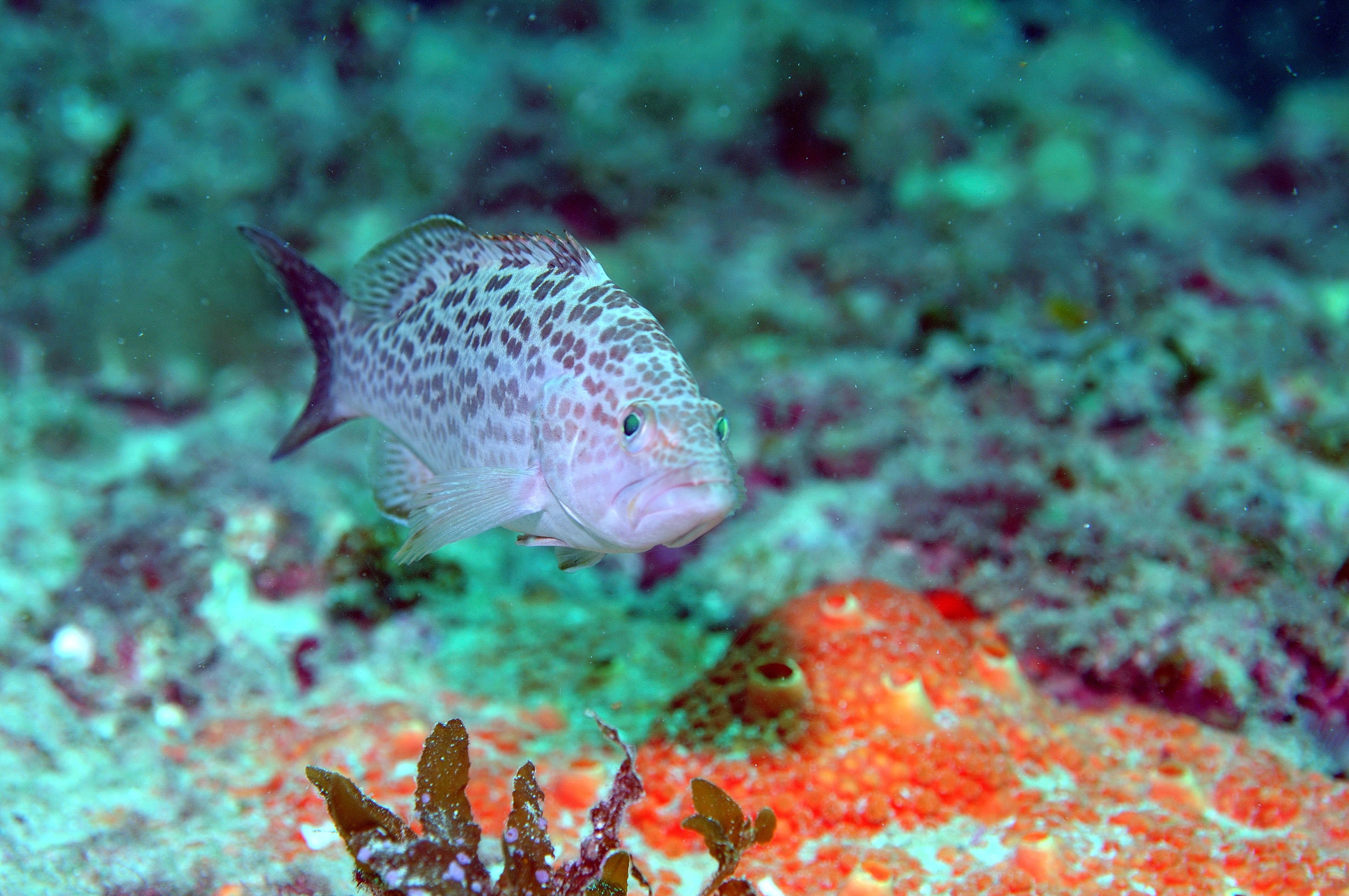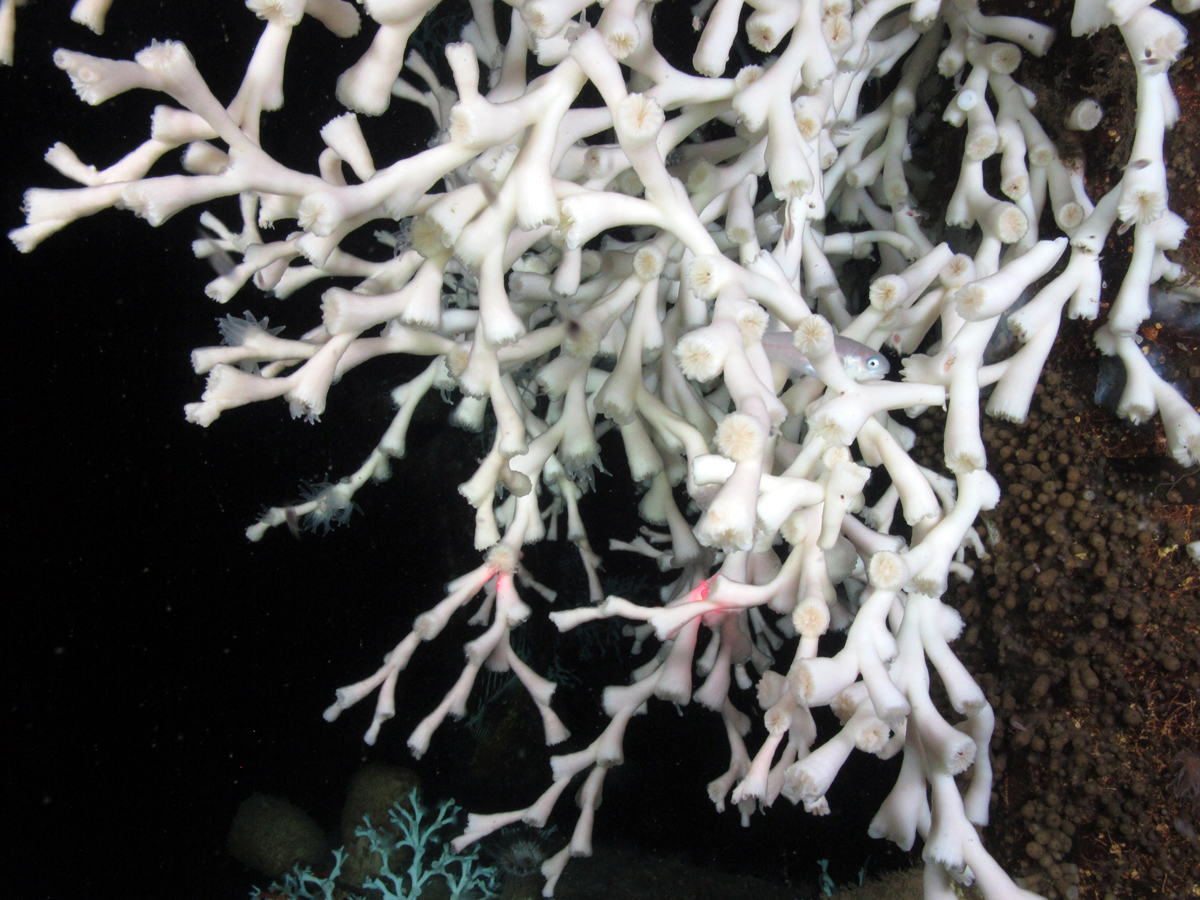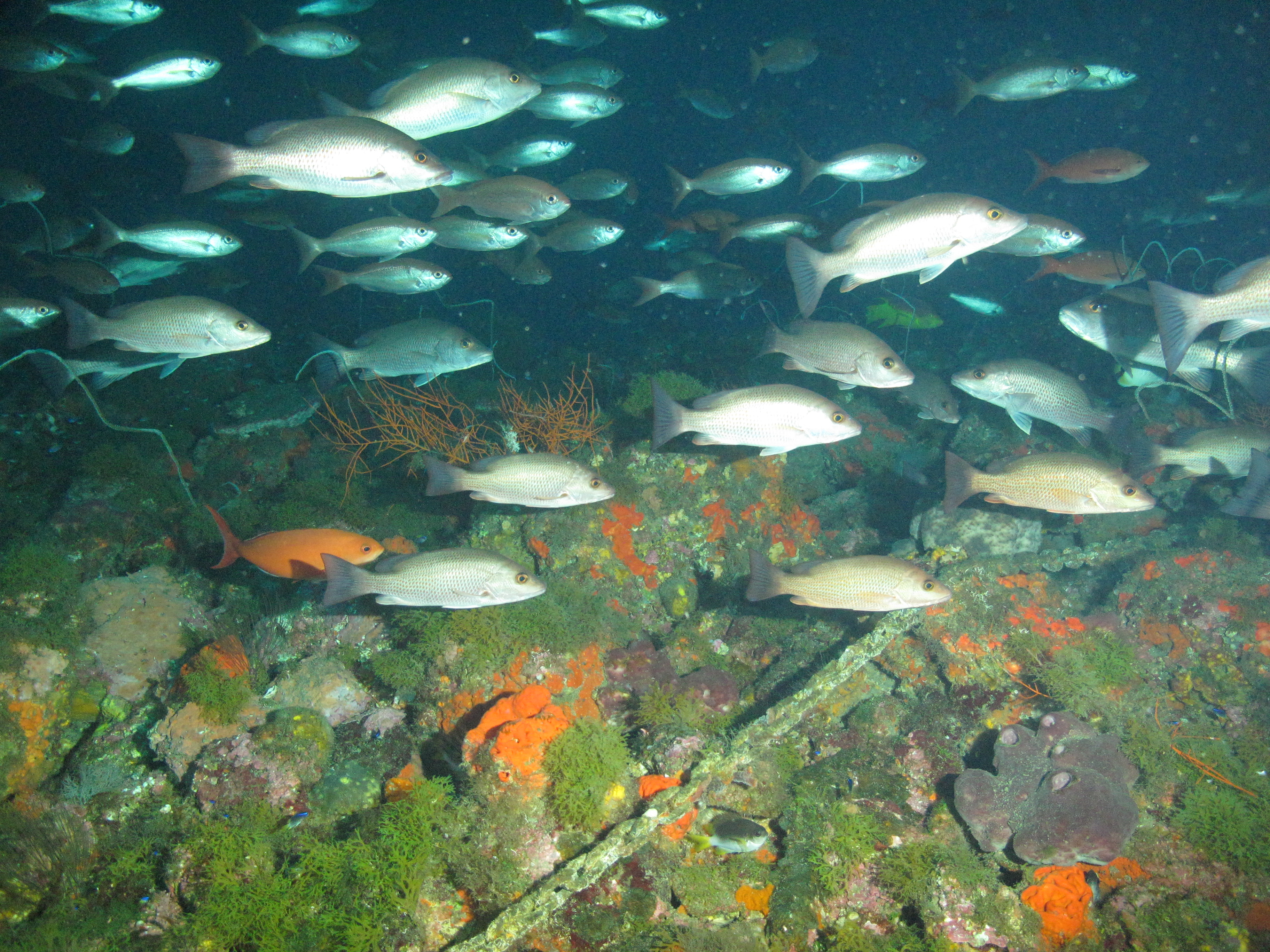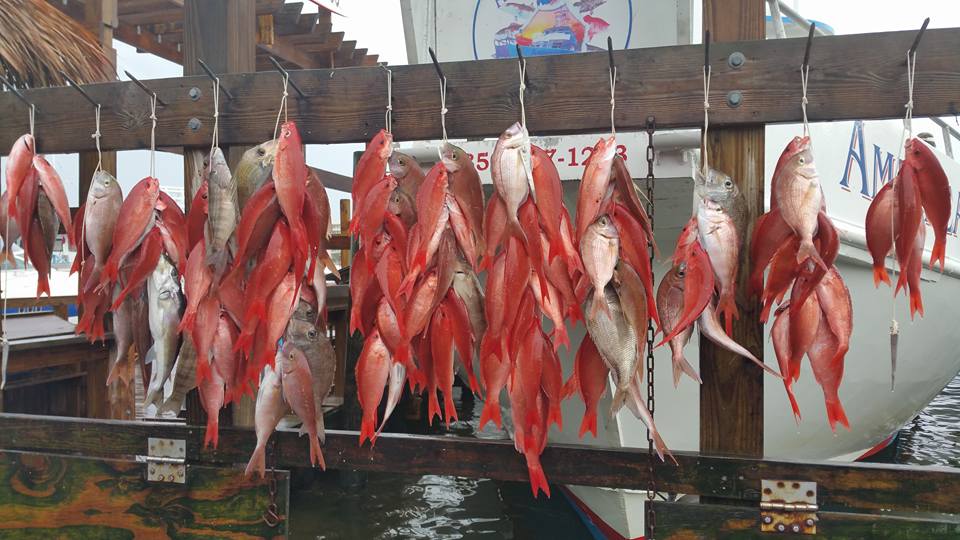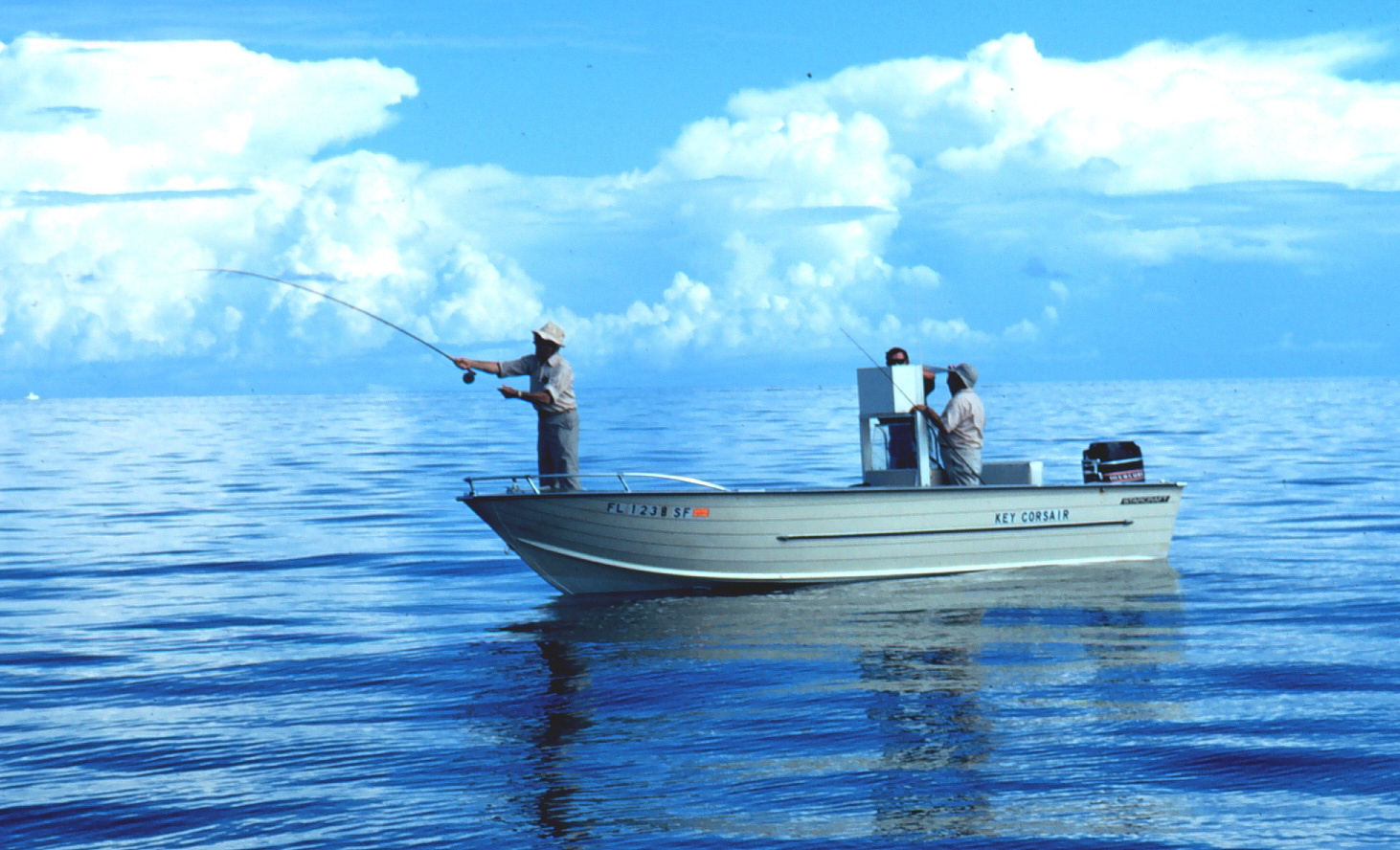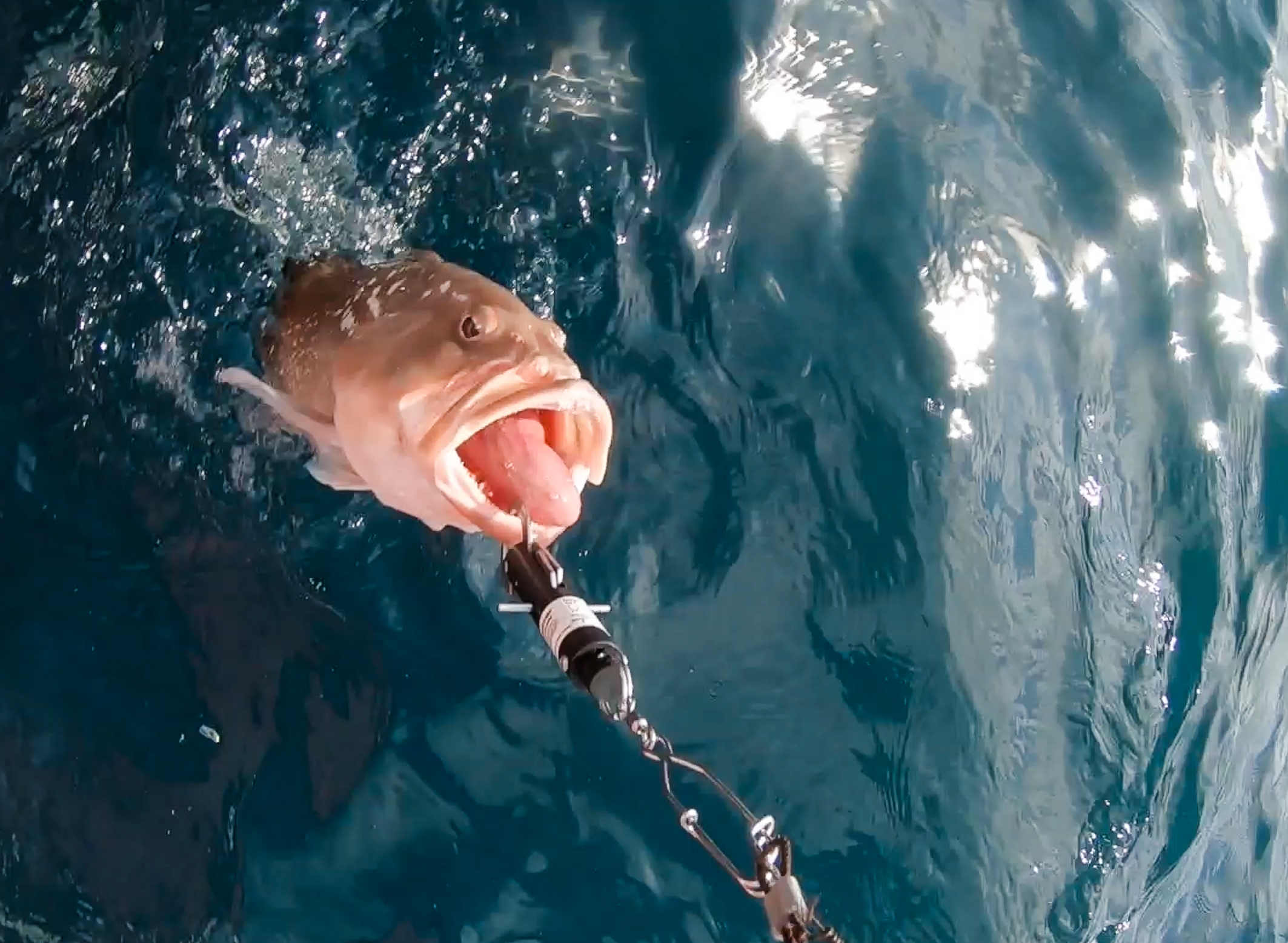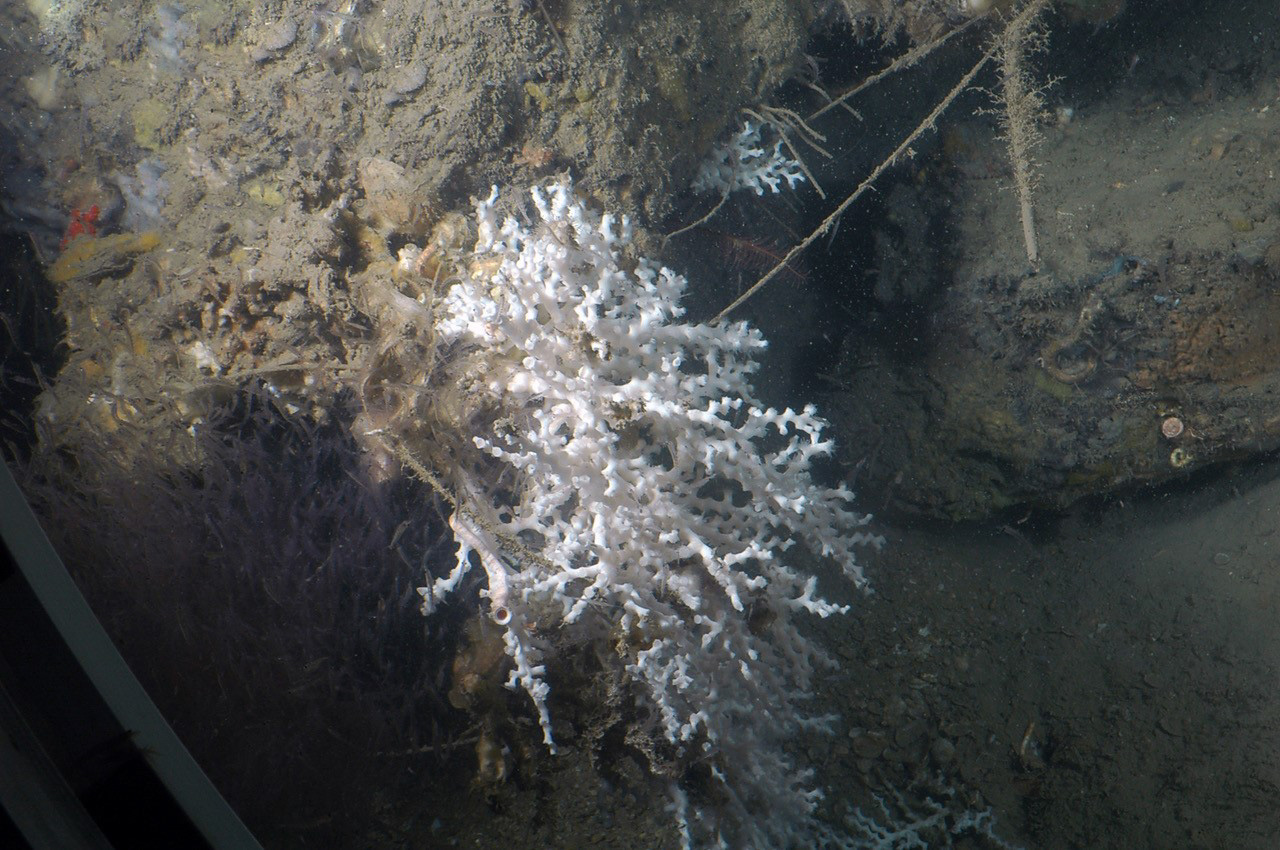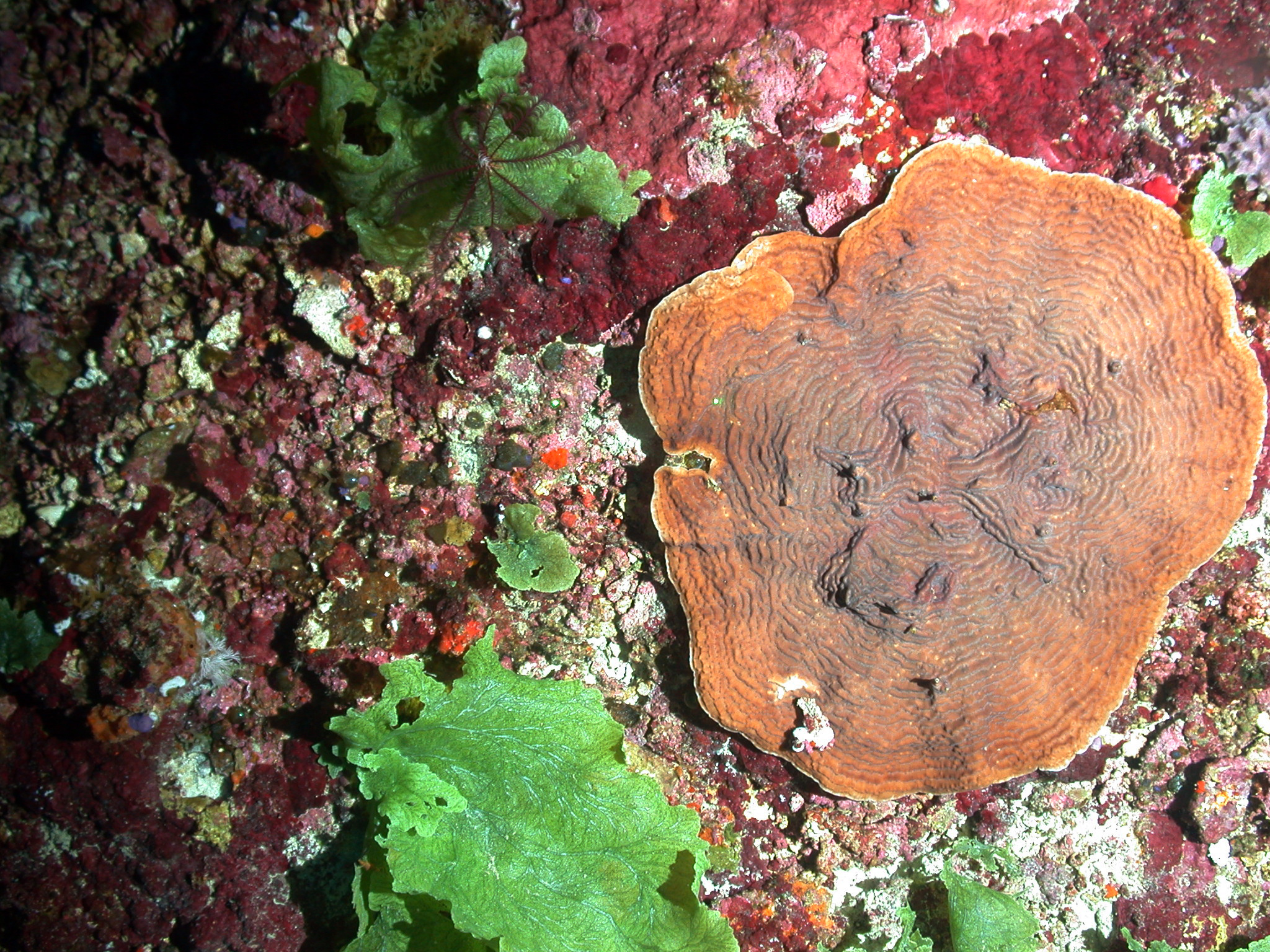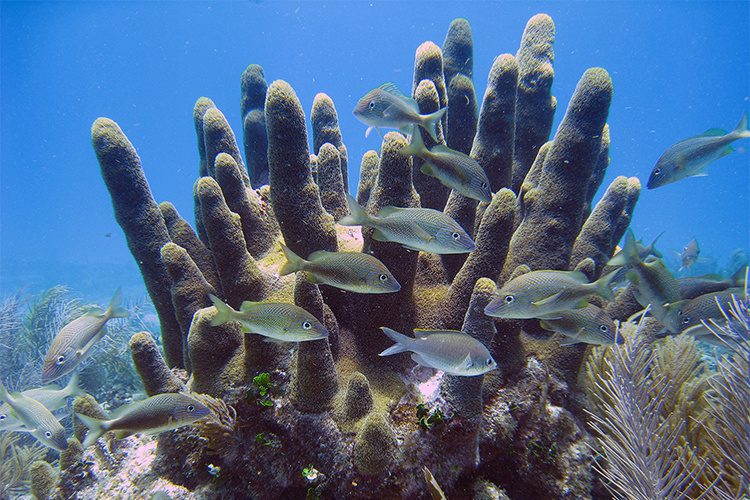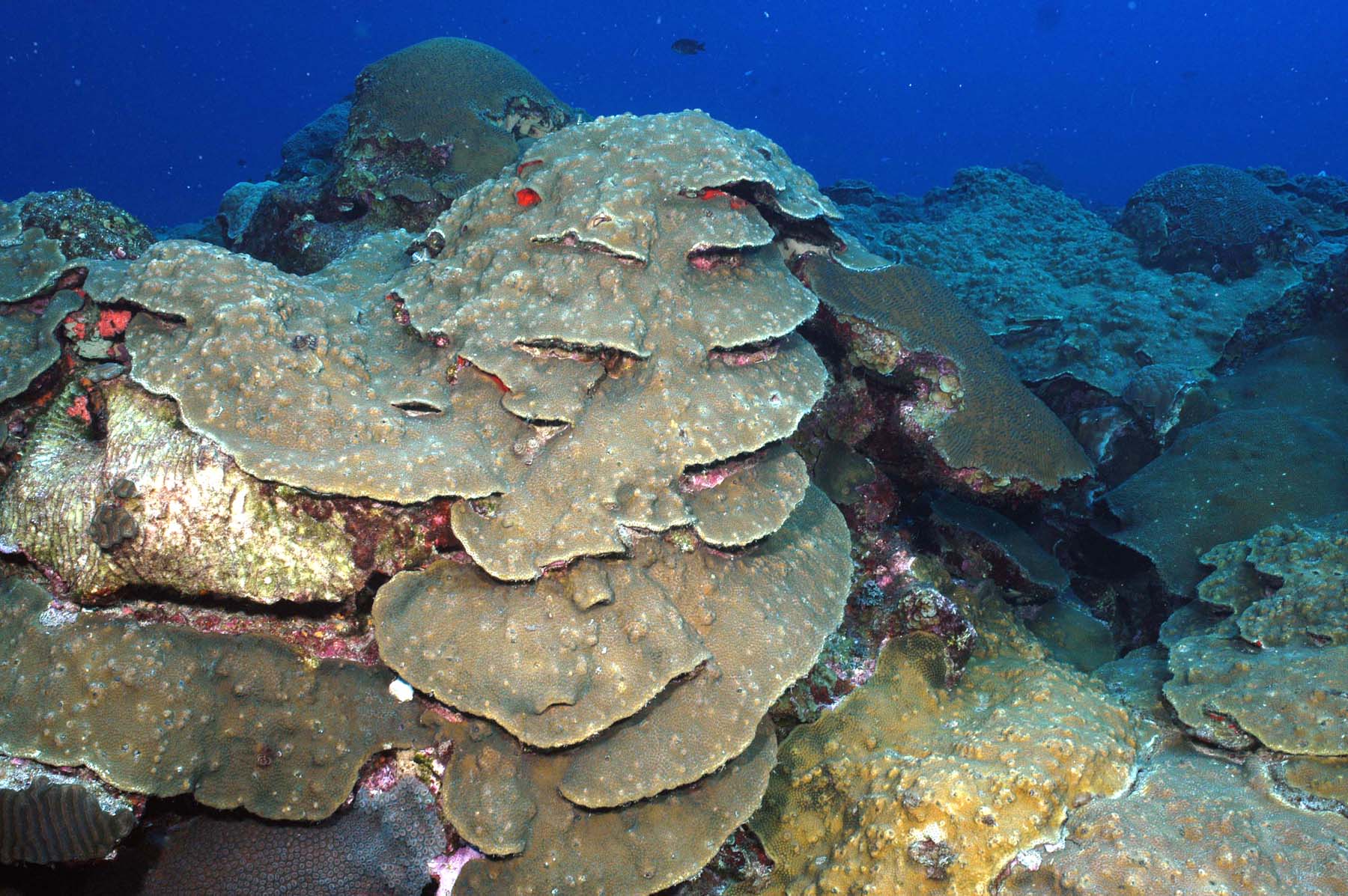HOT TOPICS
COUNCIL CALENDAR
Loading view.
Calendar of Events
S Sun
M Mon
T Tue
W Wed
T Thu
F Fri
S Sat
0 events,
0 events,
0 events,
0 events,
0 events,
0 events,
0 events,
0 events,
1 event,
APRIL Gulf Council Meeting – Gulf Shores, AL
APRIL Gulf Council Meeting – Gulf Shores, AL
LODGING INFORMATION REGISTER for WEBINAR AGENDA MEETING MATERIALS
0 events,
0 events,
0 events,
0 events,
0 events,
0 events,
0 events,
0 events,
0 events,
0 events,
0 events,
1 event,
-
Reef Fish Advisory Panel Meeting (in-person) – Tampa, FL
Reef Fish Advisory Panel Meeting (in-person) – Tampa, FL
Meeting Schedule: 8:30am - 5:00pm EDT Meeting Location: Gulf Council Office, 4107 W. Spruce Street, Suite 200, Tampa, FL 33607 Lodging Information Agenda and Meeting Materials - coming…
0 events,
0 events,
0 events,
0 events,
0 events,
0 events,
0 events,
0 events,
0 events,
0 events,
0 events,
- There are no events on this day.
- There are no events on this day.
- There are no events on this day.
- There are no events on this day.
- There are no events on this day.
- There are no events on this day.
- There are no events on this day.
- There are no events on this day.
- There are no events on this day.
- There are no events on this day.
- There are no events on this day.
- There are no events on this day.
- There are no events on this day.
- There are no events on this day.
- There are no events on this day.
- There are no events on this day.
- There are no events on this day.
- There are no events on this day.
- There are no events on this day.
- There are no events on this day.
- There are no events on this day.
- There are no events on this day.
- There are no events on this day.
- There are no events on this day.
- There are no events on this day.
- There are no events on this day.
- There are no events on this day.
- There are no events on this day.
- There are no events on this day.
Upcoming Events
Reef Fish Advisory Panel Meeting (in-person) – Tampa, FL
April 23 @ 8:30 am - 5:00 pm EDTSSC – Standing, Reef Fish, Socioeconomic and Ecosystem Scientific & Statistical Committee Meeting – Virtual
May 7 @ 8:30 am - May 8 @ 3:00 pm EDTCouncil Coordination Committee Meeting
May 21 - May 23SEDAR Steering Committee Check In Webinar
May 30 @ 10:00 am - 12:00 pm EDTJUNE Gulf Council Meeting – Houston, TX
June 24 @ 8:00 am - June 27 @ 5:00 pm EDT

Interactive maps of habitats and fishery management areas; resources highlighting issues under consideration; and educational materials to support your understanding of corals, habitats, and the species linked to them.


